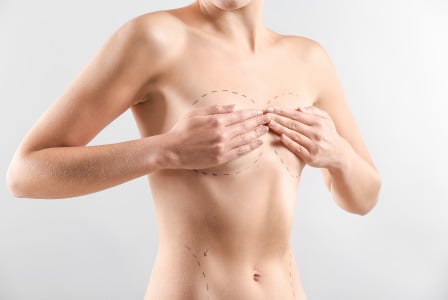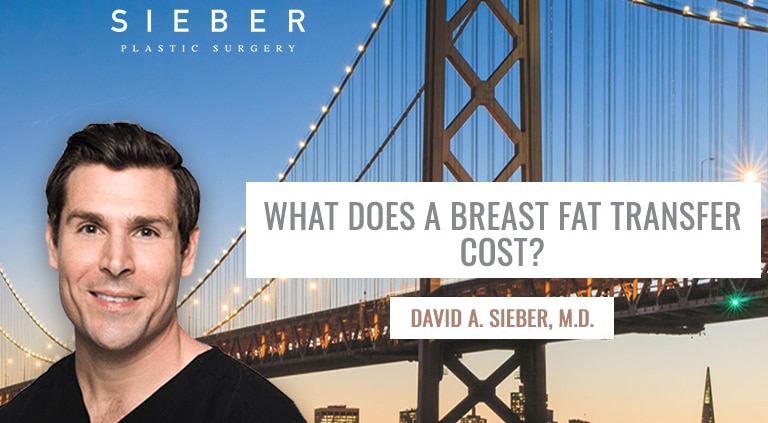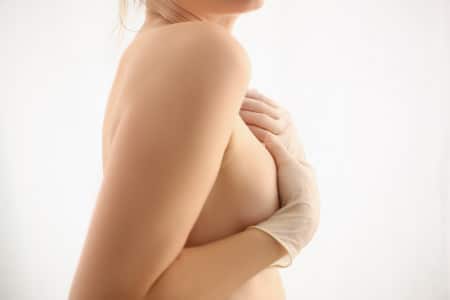What Does a Breast Fat transfer cost?
Having some fat, after all, isn’t inherently negative. At the same time, most of us would agree that fat in certain areas is superior to fat in other areas.
Fat on the abdomen, for example, is generally less desirable than well-placed excess fat on the hips, buttocks … or breasts.
It’s this last area that many women are particularly interested in improving.
What if it were possible to take excess fat from the abdomen (or another “problem” area) and transfer it to the breasts?
Well, in simple terms, this is what a breast fat transfer procedure is. And it’s been one of the most impressive new trends in cosmetic surgery for the past few years.
Take a look here to read more about the fat transfer breast augmentation process.
What Does a fat transfer breast augmentation Cost?

Is a Fat Transfer Cheaper Than Implants?
According to most breast augmentation fat transfer procedure reviews, breast enhancement with fat transfer are actually more expensive than breast augmentations with implants.
Many patients are surprised by this as breast augmentation with implants requires the purchase of implants, which can be pricey. However, the fat transfer breast augmentation procedure is actually two procedures in one. First, your plastic surgeon will perform liposuction on the abdomen, flanks, upper arms, or elsewhere. This procedure will essentially harvest the unwanted fat.
The fat that is suctioned out will then be processed outside the body using a specific technique. And finally, the second procedure will take place, which is the actual reinjection of the harvested fat grafting into the breasts.
Could You Benefit From Liposuction?
One thing to keep in mind if you are trying to decide between breast augmentation with implants and a fat transfer breast augmentation is whether or not you might benefit from liposuction.
If you only want to improve the appearance of your breasts and you are happy with the rest of your body, then an augmentation with implants may be ideal for you. On the other hand, if you could benefit from liposuction (on your abdomen or elsewhere), the fat transfer procedure may be ideal. Even though you’ll be paying for the cost of two procedures, you’ll also be getting results from two procedures.
Factors Influencing the Cost of Fat Transfer Breast Augmentation
Let’s take a look at a few of the biggest factors influencing your cost.
1. Geographical location of the surgery
Breast Augmentation costs vary depending on your geographical location. In bigger cities, like San Francisco, you may run into higher prices.
2. Surgeon experience
The best plastic surgeons in the country are in high demand, and because anything in high demand is going to cost more, this means a higher price tag.
If your surgeon is especially well trained and has notable experience and credentials, the cost of hiring them will be higher. But don’t forget that hiring them will also mean superior results and a better overall experience.
3. Amount of size increase
If you’re looking to go up several breast implant cup sizes for your breast augmentation, you’ll first of all need to consider that the fat transfer process can only do so much to increase the size of your breasts.
So, how many cup sizes can you go up with fat transfer? Usually around one cup size.
Therefore, if you’re an A-cup now, you can go up to a B-cup with a fat transfer. Naturally, if you want to maximize the size of your breasts with this procedure, that will mean more extensive liposuction and a bigger challenge for your surgeon as they reinject the fat grafting into your breasts. As a result, the cost of a more significant size increase may be higher than it would be for a modest size increase.
4. Type of anesthetic used
General anesthesia is typically used for fat transfer breast augmentation procedures, so this will usually mean that the overall cost of surgery will be higher (general anesthesia costs more than local anesthesia).
In addition, your surgeon will order an anesthesiologist and their team to be in the surgery room during your procedure. Anesthesiologists charge their own fees for their services and equipment.
5. Operating facility costs
Your surgeon will decide where you’ll have surgery. Most plastic surgeons are associated with local hospitals while some have accredited operating rooms right in their own offices.
Regardless of the unique location, you will always be responsible for paying for the use of these facilities. Hospitals and professional surgical facilities, for example, will charge for the use of their space, equipment, materials, and staff. Also, the longer you are in the operating room and recovery room, the more expensive your breast augmentation procedure cost will be.
 Questions and Answers
Questions and Answers
If you’ve been considering breast fat transfer augmentation, you probably have lots of questions:
How much does a breast augmentation fat transfer cost?
The cost of a fat transfer breast augmentation procedure can vary based on several factors. These factors include the location of the clinic, the experience and reputation of the surgeon, the complexity of the procedure, the facilities used, and additional fees associated with the surgery. It’s recommended to consult with a qualified plastic surgeon for a personalized quote that takes all these factors into account.
How long does fat transfer to breast last?
The outcomes of a fat transfer breast augmentation are considered permanent, lasting a lifetime. The complete results may become evident after approximately six months, as the relocated fat cells establish themselves in their new positions, where they persist indefinitely.
What are the risks of fat transfer to breast?
Potential complications associated with fat transfer breast augmentation comprise:
- Hemorrhaging and the development of bruises.
- Fat cell demise (necrosis) or the migration of fat cells from the breasts to other areas of the body.
- Infection.
- Formation of noncancerous (benign) breast tissue cysts or breast calcifications.
What will a breast fat transfer after 5 years look like?
Around the breast fat transfer after 5 years mark, the volume of the treated region through a fat transfer procedure typically maintains stability, akin to the volume attained within the initial six months post-surgery. Nevertheless, it’s crucial to acknowledge that the treated areas are still susceptible to the natural aging progression.
Does fat transfer breast augmentation look like a natural breast augmentation with breast implants?
Due to the utilization of a patient’s own fat cells to enhance breast volume, as opposed to synthetic implants, the outcome of fat transfer to the breast generally presents a remarkably natural breast augmentation appearance and texture in the majority of cases.
Is fat transfer breast augmentation safer than silicone breast implants?
Fat cells grafting employs your own body fat to enhance the breasts, making it the safest and most natural substance for augmentation. This eliminates the possibility of allergic reactions to silicone implants since your own tissue is utilized.
Can you get a breast lift with fat transfer breast augmentation?
Fat transfer breast augmentation can also be done in combination with breast implants, breast reduction, or lift procedures to achieve the desired breast shape outcomes.
Schedule a Consultation more about Breast Augmentation
If these and other questions about breast fat transfer recovery have been on your mind, it’s time to book a breast augmentation consultation appointment.
Dr. David Sieber a board certified plastic surgeon can help you figure out if a breast augmentation is right for you and will answer your questions and explain the costs involved as well.
Give Sieber Plastic Surgery San Francisco a call today, and book your breast augmentation fat transfer consultation appointment.




 Questions and Answers
Questions and Answers